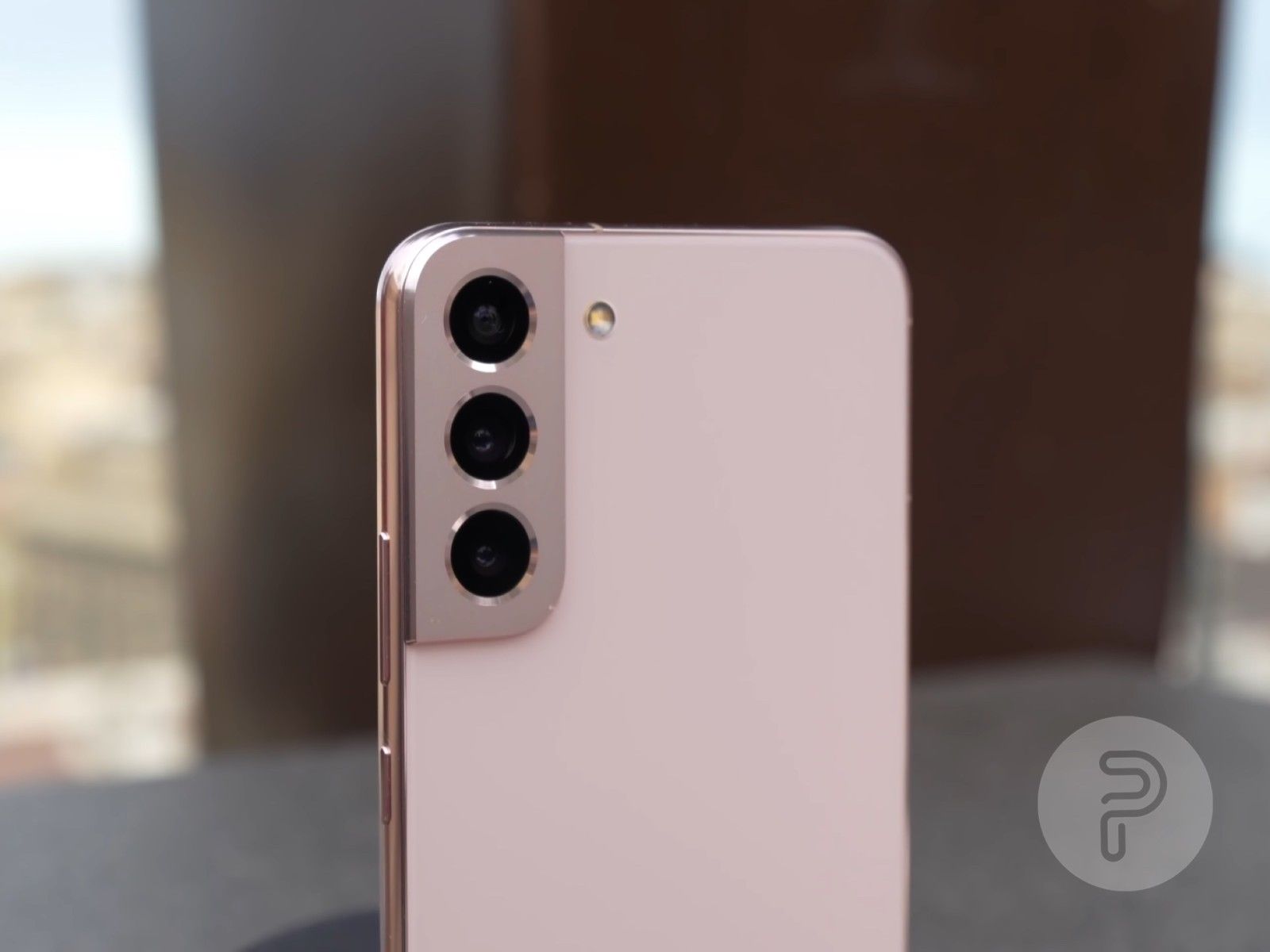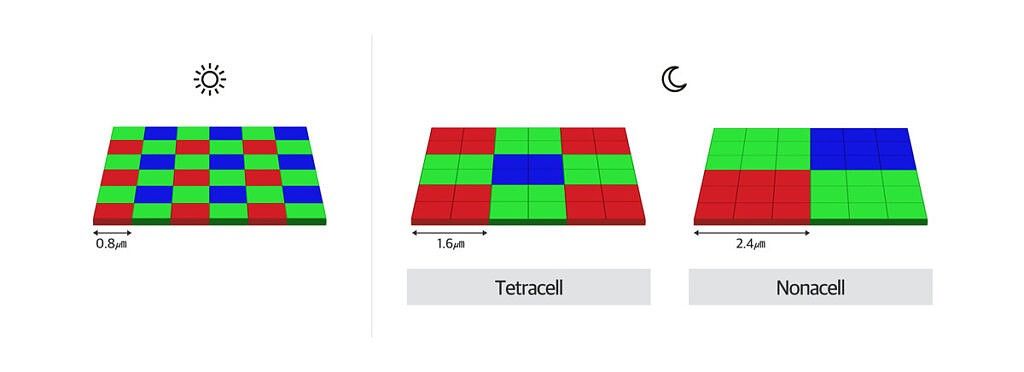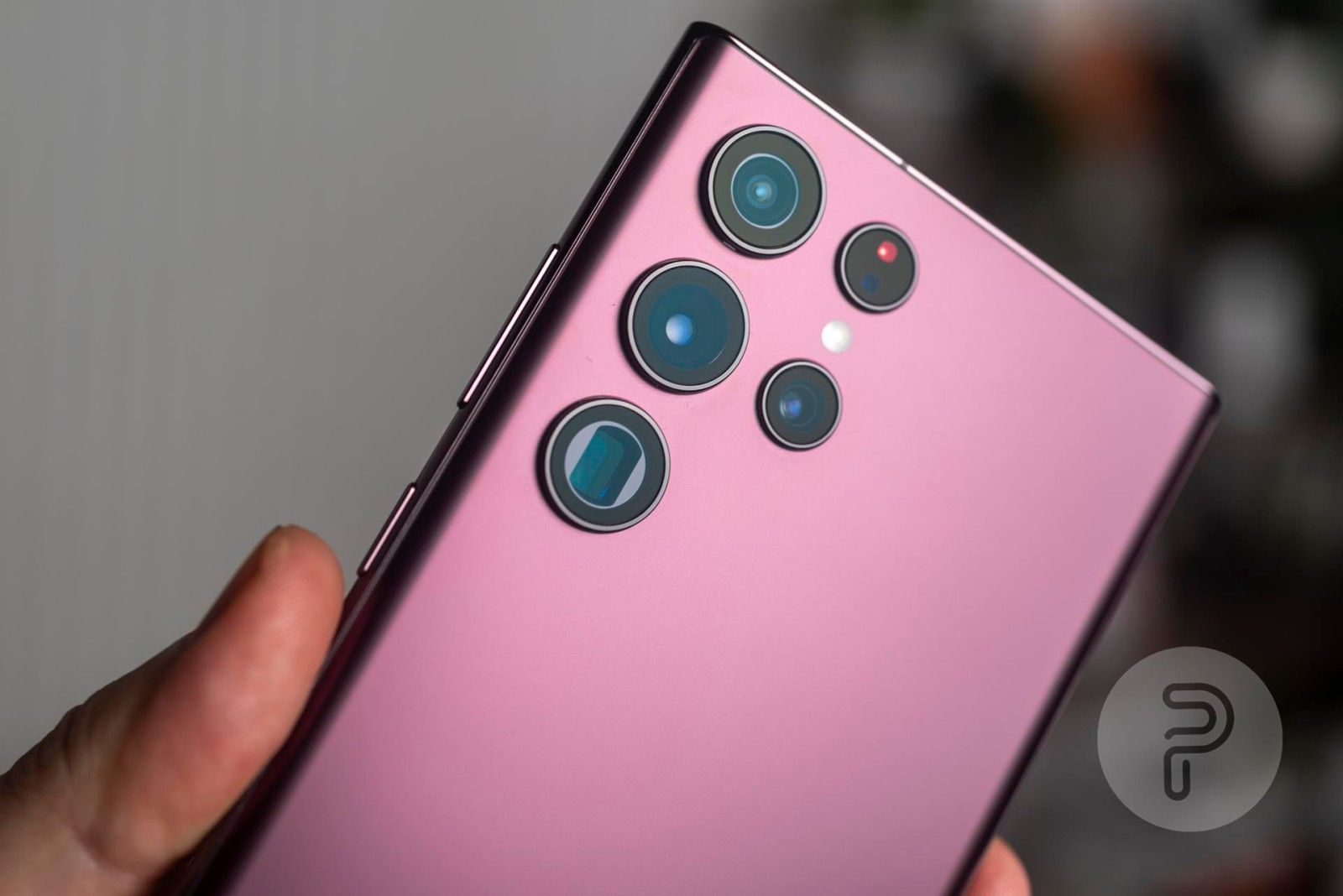Samsung Galaxy S22 series is one of the best Android smartphones you can buy right now. All the smartphones of this series come with impressive hardware, excellent displays, and pro-grade cameras. But, when you run down the specs sheet of the Galaxy S22 closely, you would realize there's something mentioned as nona-binning in the S22 and the S22 Plus specs sheet and tetra-binning in the S22 Ultra specs sheet. Wondering what are these features? Look no more. Here's everything you need to know about nona-binning and tetra-binning in the Galaxy S22 series.
Let's take a look at the trend
Before we move on to the explanation of pixel binning in modern-day smartphones, let's take a look at an interesting stat. Some of you must have noticed that most of the modern-day Android flagships have cameras that have a very high megapixel count. Galaxy S22 Ultra has a 108MP primary camera, S22 and S22 Plus have a 50MP primary camera, and the Pixel 6 also comes with a 50MP sensor.
But why? Why do these smartphones have such high-megapixel count sensors? Keeping aside the fact that the high-megapixel count (such as 108MP in Galaxy S22 Ultra) would convince the customers to hit the "Buy" button, the high-megapixel camera does have a lot of other advantages. For starters, these camera sensors can capture much more detailed shots thanks to so many pixels capturing the same subject. Moreover, OEMs have more control over how they can use the high-megapixel camera for enhancing the images.
However, there are some disadvantages as well. The higher the number of pixels in a camera, the smaller each pixel size is (since the sensor area is the same). For example, each pixel in Samsung Galaxy S22 Ultra is 0.8µm in size whereas each pixel in iPhone 12's main camera sensor is 1.4μm in size. Smaller pixel size means there is less area for light to be captured, which in turn leads to bad low light performance and degraded overall camera performance.
So how do phone manufacturers tackle this? Moreover, how do these 108MP and 50MP camera sensors churn out photos that are about the same size as the ones captured by 12MP? This is exactly where pixel binning comes in.
What are nona binning and tetra binning techniques?
Pixel binning is basically a technique of grouping pixels. Even though an individual pixel cannot capture enough light in the high-megapixel camera sensors, a group of pixels will be able to do that. So, Samsung in the Galaxy S22 Ultra and the standard Galaxy S22 and S22 Plus uses pixel binning technology to combine the pixels to get increased light sensitivity.
Source: XDA Developers
The name, nona binning and tetra binning, is given depending on the type of pixel binning in the camera sensor. For example, in the Galaxy S22 Ultra, Samsung groups 9 individual pixels (3x3 grid) as one (see nona cell above). Thanks to the pixel grouping, the pixel size increases from 0.8μm to 2.4μm. In the camera sensors in which pixel binning of a 3x3 grid is done, it is known as nona-binning. Naturally, due to pixel grouping, the camera produces a less-resolution photo of 12MP (108 ÷ 9 = 12), but this image is more detailed in comparison to the vanilla 12MP sensor as a higher number of pixels are capturing the same object.
Similarly in Galaxy S22 and S22 Plus, Samsung groups pixels in the grid of 2x2. This type of binning is called tetra binning. Each pixel size in the Galaxy S22 and S22 Plus is 1μm in size (S22 Ultra has 0.8μm), but due to pixel binning, the pixel size increases to 2μm, and the camera is able to capture a great amount of light. Similar to how Galaxy S22 Ultra captures 12MP in default mode, the S22 and S22 Plus capture 12.5MP (50 ÷ 4 = 12.5) pictures in the default mode.
Galaxy S22 Ultra has one more advantage over the two other models
Source: Pocketnow
On paper, it sounds that S22 and S22 Plus should have better cameras in comparison to the S22 Ultras has the standard models capture photos in 12.5MP mode and S22 Ultra captures photos in 12MP mode. But this is not the case. In fact, Samsung Galaxy S22 Ultra has one feature that the other two models don't have.
Galaxy S22 Ultra features a new technology called Adaptive Pixel. In this mode, the camera captures a photo in both 12MP nona binned mode and 108MP mode. The smartphone then combines the pictures captured to form a picture with a high level of detail and appropriate light. This feature is available only on the Galaxy S22 Ultra, and not on any other Android flagship.
This is pretty much everything you need to know about nona binning and tetra binning on Samsung Galaxy S22 and S22 Ultra smartphones. Like this article, we have a bunch of other articles about the Samsung Galaxy S22 series. Check out some of them here:
- One UI 4.1 on Samsung Galaxy S22: All new features
- What's new in the Galaxy S22 cameras?
- Samsung Galaxy S22 tidbits: Android update policy, exclusive colors, & more
-
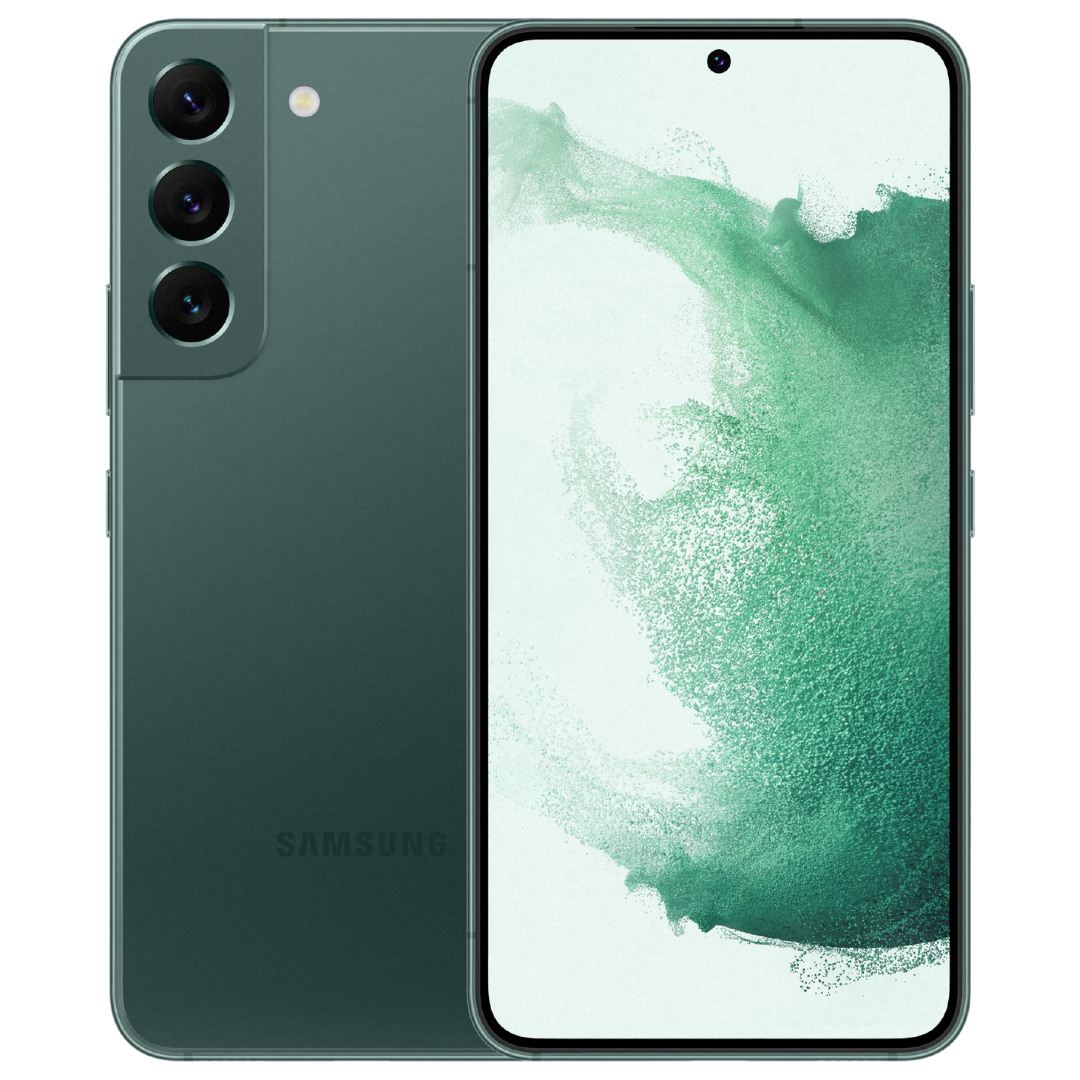
Samsung Galaxy S22
The Samsung Galaxy S22 comes with a flagship 4nm chipset, a three-camera setup on the back that is capable of capturing important memories both day and night, and a long battery life that can last a full day on a single charge. If you want a compact and stylish device, the Galaxy S22 is one of the best devices to get in 2022.
-
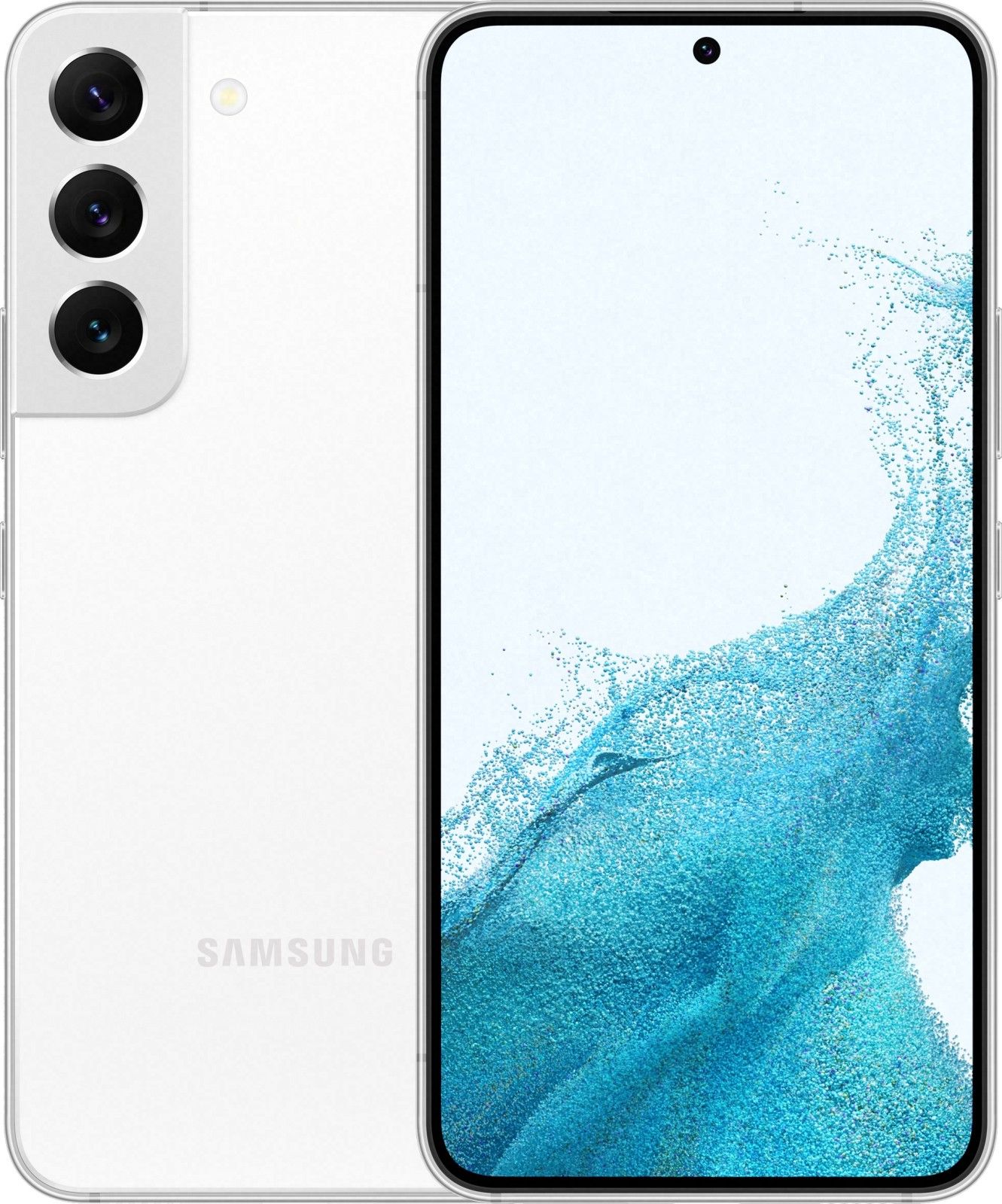
Samsung Galaxy S22 Plus
The Galaxy S22 Plus is the latest flagship smartphone from Samsung. It comes with a powerful chipset, a large 6.6-inch AMOLED display with a 120Hz refresh rate, a 50MP primary camera, and much more. Check out all the deals on the device using the links given below.
-
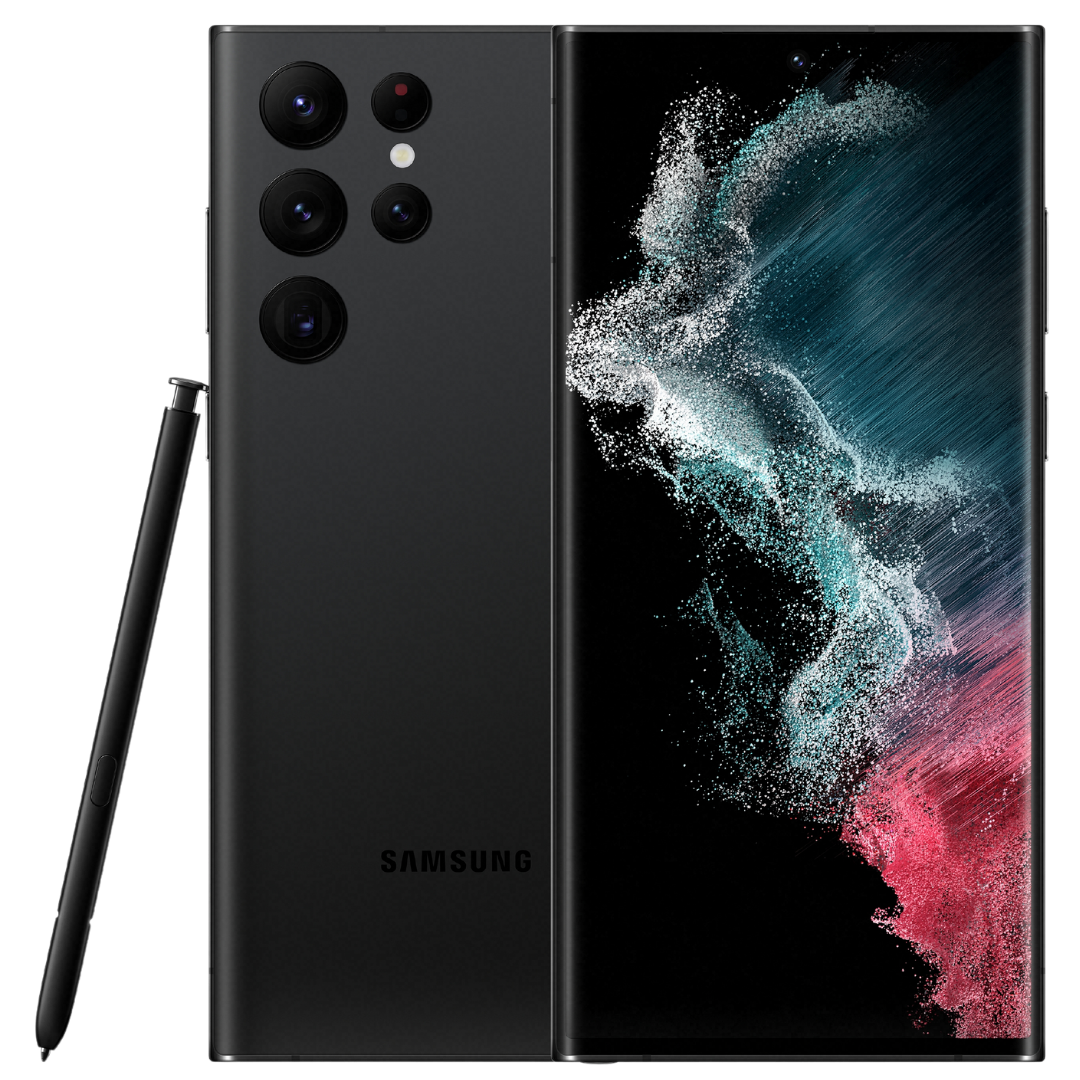
Samsung Galaxy S22 Ultra
$800 $1200 Save $400The Galaxy S22 Ultra comes with a larger 6.8" QHD+ 120Hz AMOLED display, a versatile camera setup, and a large battery that will keep you going through a whole day! Check out all the deals on the device using the links given below.

